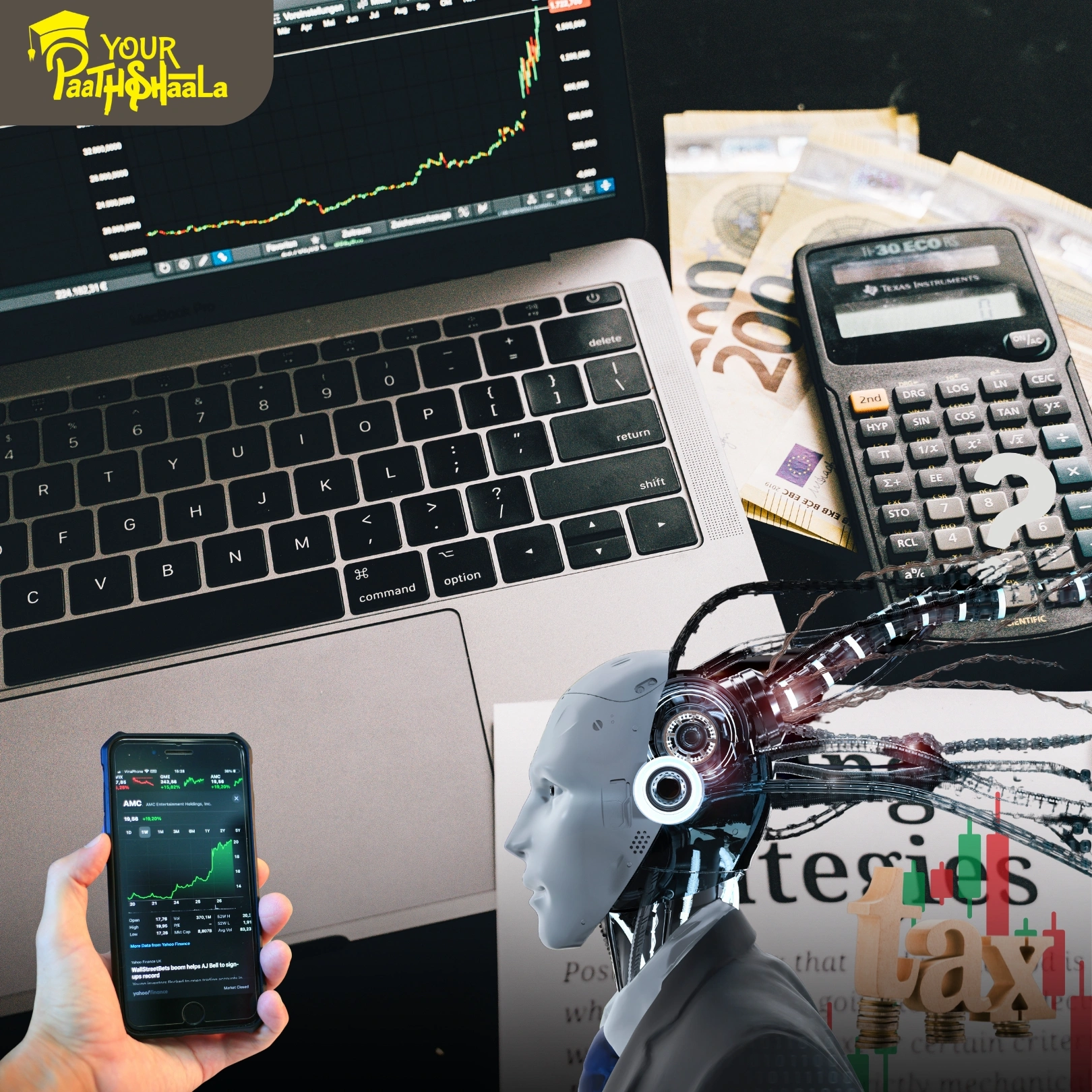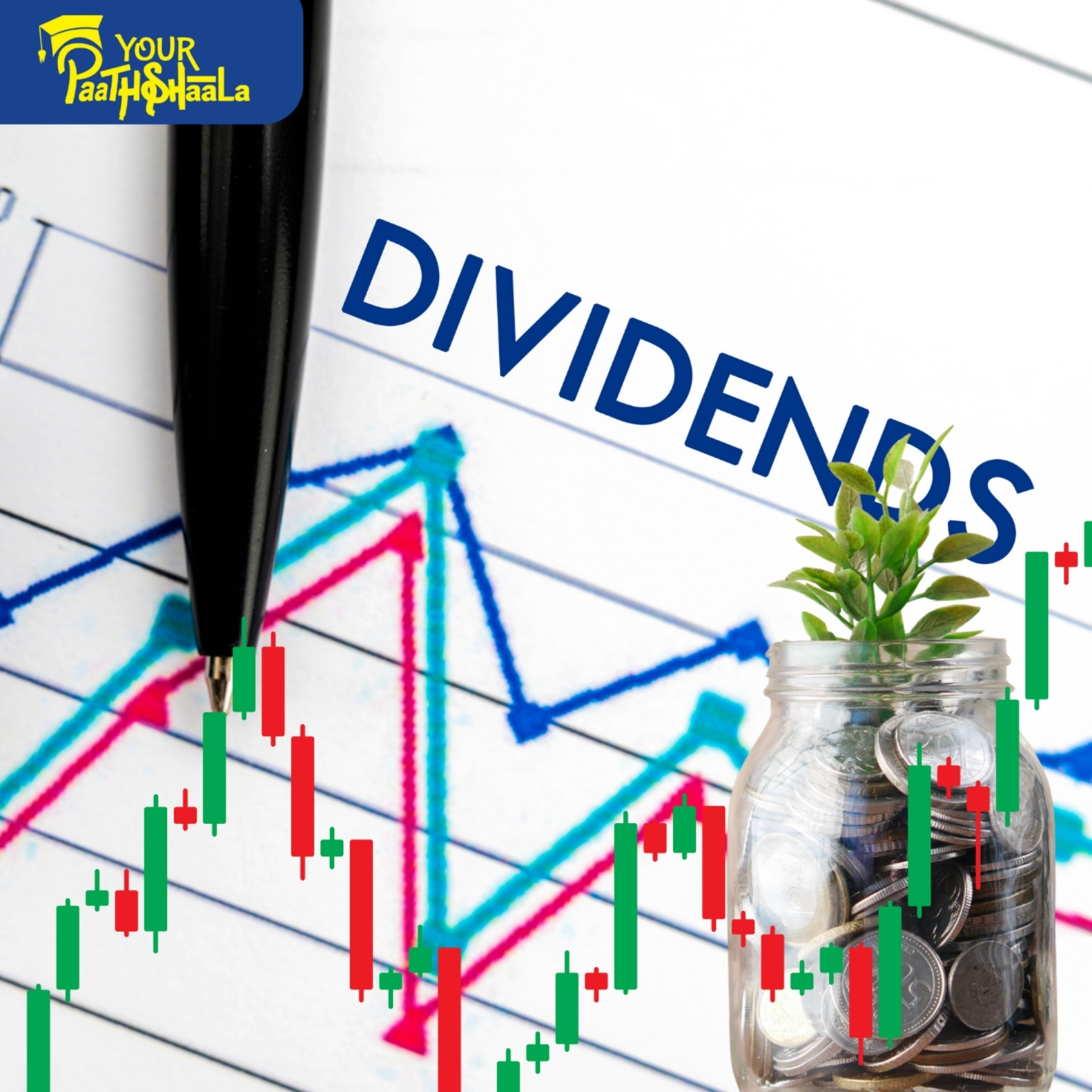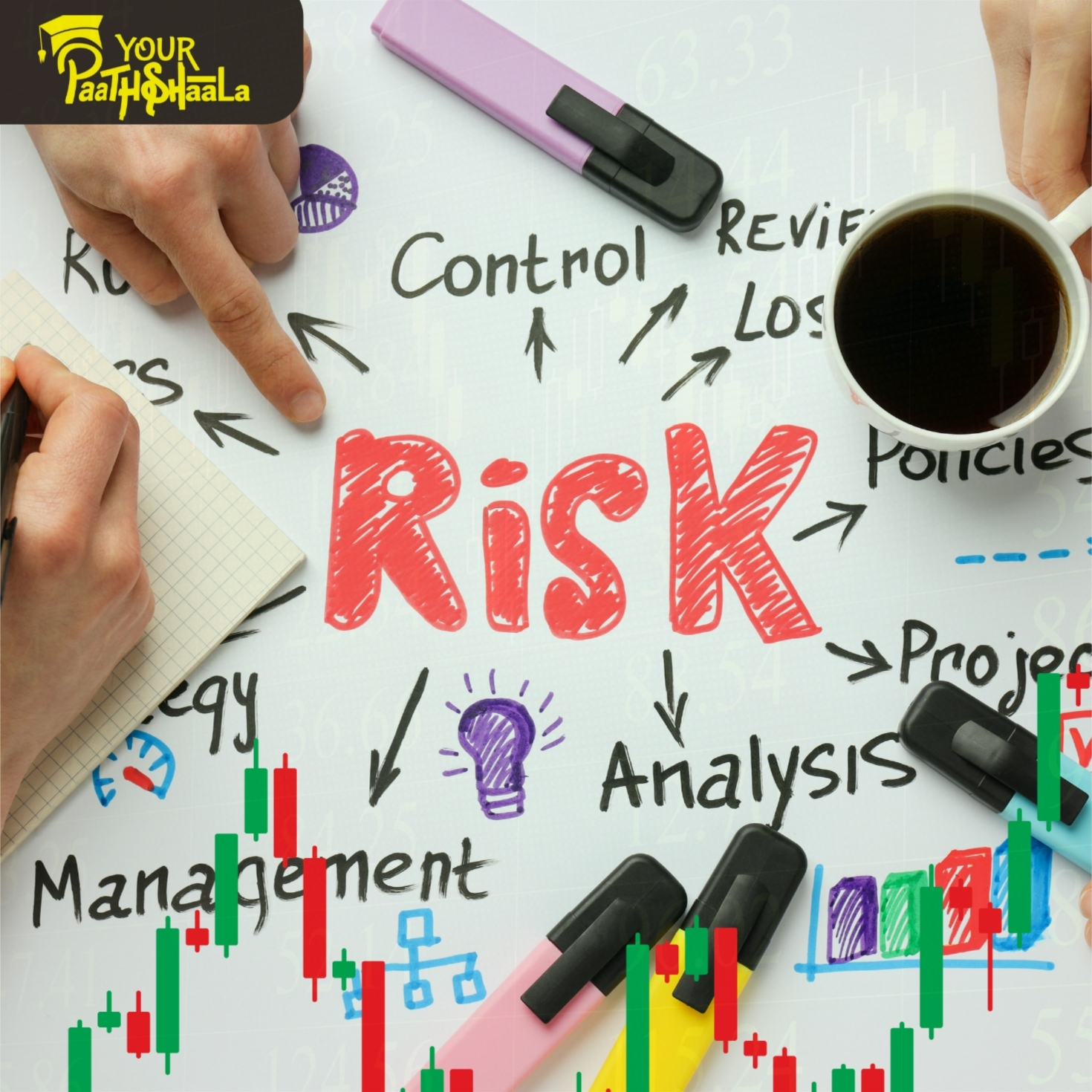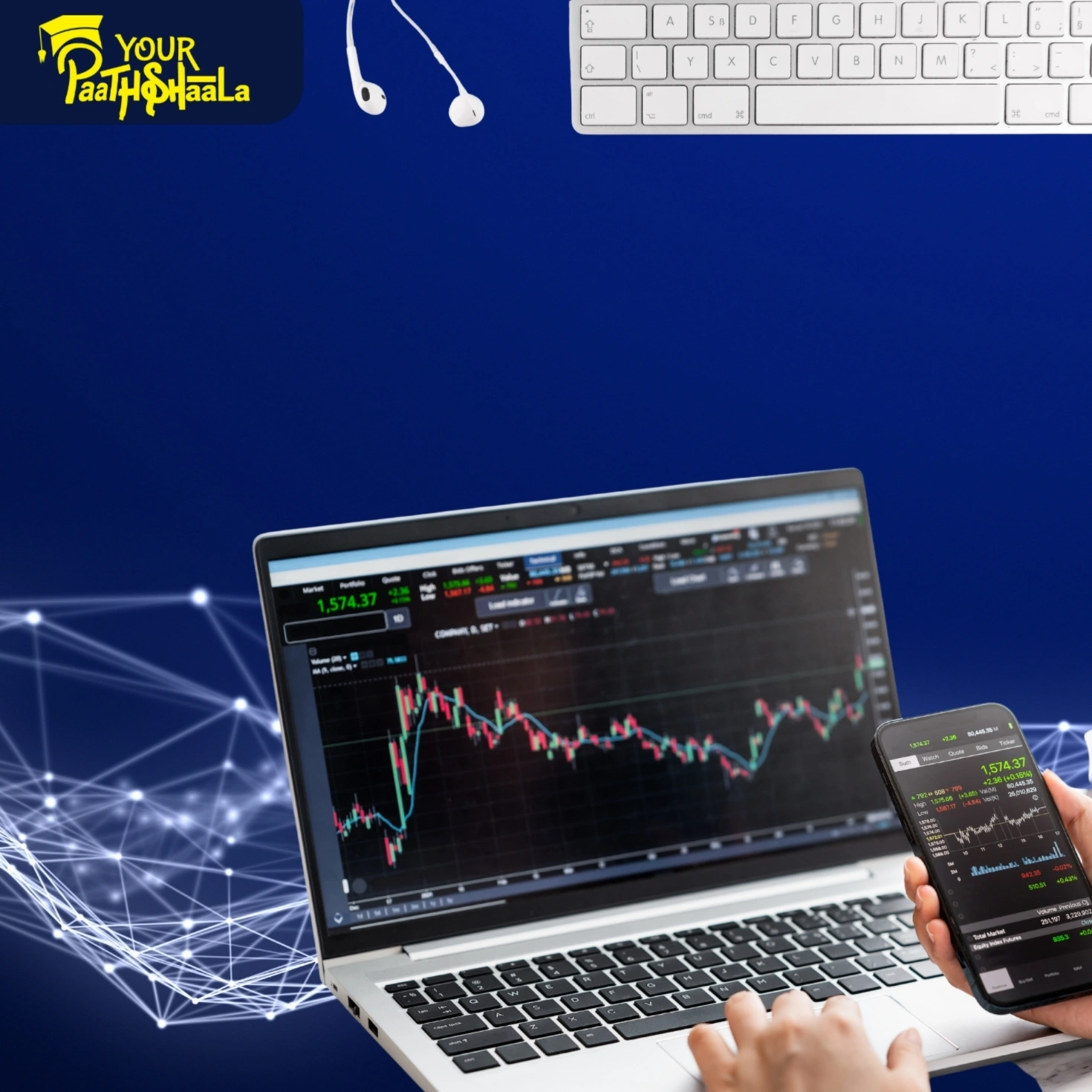Advanced Trading Technologies in 2025: The Future of Smarter, Faster, and More Informed Investing
In the fast-paced world of financial markets, technology is the ultimate game-changer. Just a decade ago, sophisticated trading tools were the exclusive domain of hedge funds and institutional giants. Today, thanks to rapid advancements in financial technology, even retail traders can access a powerful suite of advanced trading technologies. These innovations—ranging from AI-powered trading bots and real-time sentiment analysis to options flow scanners and dark pool indicators—are transforming how investors approach the markets, make decisions, and manage risk.
If you’re looking to stay ahead of the curve, understanding and leveraging these technologies is no longer optional; it’s essential. In this comprehensive guide, you’ll discover how advanced trading technologies work, why they matter, and how you can use them to gain a competitive edge in 2025 and beyond.
The Evolution of Trading: From Human Intuition to Machine Intelligence
Trading has always been about information, speed, and execution. In the past, traders relied on news tickers, gut instinct, and phone calls to brokers. But as markets became more complex and globalized, the need for faster, smarter, and more reliable tools grew. Enter the era of advanced trading technologies.
Today, artificial intelligence, big data analytics, and automation are at the heart of modern trading. These tools are not just about speed—they’re about making sense of massive amounts of data, identifying patterns invisible to the human eye, and executing trades with precision and discipline.
AI-Powered Trading Bots: Automation for All
One of the most significant breakthroughs in recent years is the rise of AI-powered trading bots. These bots use machine learning algorithms to analyze historical and real-time data, spot trading opportunities, and execute trades automatically. Unlike human traders, bots don’t get tired, emotional, or distracted. They operate 24/7, tirelessly scanning the markets for signals.
What makes these bots truly advanced is their ability to learn and adapt. As they process more data, they refine their strategies, improving performance over time. Retail traders can now access user-friendly platforms that let them customize bots based on their risk tolerance, preferred assets, and market conditions. Whether you want to trade based on moving averages, news sentiment, or volatility patterns, there’s likely a bot that fits your needs.
However, it’s important to remember that no bot is infallible. Market conditions can change rapidly, and even the best algorithms need regular monitoring and adjustment. Smart traders use AI bots as part of a broader toolkit, combining automation with human oversight and risk management.
Real-Time Sentiment Analysis: Decoding Market Psychology
Market sentiment—the collective mood of investors—can move prices as much as fundamentals or technicals. In the age of social media and 24-hour news cycles, sentiment can shift in seconds, triggering sharp rallies or sudden sell-offs. That’s where real-time sentiment analysis tools come in.
These tools use natural language processing (NLP) and AI to scan news headlines, financial reports, tweets, Reddit threads, and more. They measure the emotional tone—positive, negative, or neutral—and aggregate it into sentiment scores or trend indicators. For example, a sudden spike in negative sentiment about a company might warn of an impending drop, while a wave of optimism can signal a potential rally.
The beauty of sentiment analysis is its ability to capture market psychology in real time. Traders can use these insights to anticipate volatility, confirm trade ideas, or avoid getting caught on the wrong side of a sudden move. Of course, sentiment is just one piece of the puzzle; it works best when combined with technical and fundamental analysis.
Options Flow Scanners: Following the Smart Money
In the options market, big players often leave footprints. Institutional investors and hedge funds routinely make large, unusual options trades—sometimes signaling their expectations for future price moves. Options flow scanners are advanced tools that monitor this activity in real time.
By tracking large block trades, sweeps, and spikes in volume, these scanners help traders spot where the “smart money” is moving. For example, a surge in call option buying on a stock could indicate bullish institutional sentiment, while heavy put buying might suggest caution or hedging. Many scanners also provide analytics, heat maps, and real-time alerts, making it easier to interpret the data and act quickly.
For retail traders, options flow scanners offer a window into the strategies of sophisticated market participants. They can use this information to generate trade ideas, confirm their own analysis, or avoid crowded trades. However, interpreting options flow requires experience and context—not every big trade is a directional bet, and some may be part of complex hedging strategies.
Dark Pool Indicators: Shedding Light on Hidden Trades
Not all trading happens on public exchanges. Dark pools are private venues where large institutions buy or sell significant blocks of shares away from the public eye. The goal is to minimize market impact and avoid tipping off other traders. While dark pool trades are reported after the fact, advanced indicators now track this activity and provide valuable insights.
Dark pool indicators monitor the volume, price, and timing of trades executed in these hidden venues. By analyzing patterns—such as repeated accumulation or distribution—traders can infer whether big players are quietly building or unwinding positions. Some platforms integrate dark pool data with standard market feeds, offering a more complete picture of supply and demand.
For savvy traders, dark pool indicators can help confirm trends, spot potential reversals, or identify stocks poised for breakout moves. Still, it’s important to use this data alongside other analysis tools, as not all dark pool trades are directional or predictive.
Integrating Advanced Trading Technologies: Building a Modern Trading Toolkit
The real power of advanced trading technologies lies in their integration. By combining AI bots, sentiment analysis, options flow, and dark pool indicators, traders can build a multi-dimensional view of the market. Here’s how you can put these tools to work:
Start by identifying your trading goals and risk tolerance. Are you looking for short-term momentum trades, long-term investments, or income strategies? Next, choose the technologies that align with your approach. For example, day traders might rely heavily on real-time sentiment and options flow, while swing traders may benefit from AI bots and dark pool data.
Test your strategies using demo accounts or small positions. Monitor performance, refine your parameters, and gradually scale up as you gain confidence. Remember, no tool is a magic bullet—successful trading requires discipline, ongoing learning, and adaptability.
Risk management is crucial. Use stop-loss orders, diversify your trades, and avoid over-leveraging. Even the most advanced technologies can’t eliminate risk, but they can help you manage it more effectively.
Stay updated on the latest developments. Trading technology evolves rapidly, with new features, data sources, and platforms emerging all the time. Join trader communities, attend webinars, and read industry news to stay ahead of the curve.
The Competitive Edge: Why Advanced Trading Technologies Matter
In today’s markets, information moves at lightning speed, and opportunities can disappear in seconds. Advanced trading technologies level the playing field, giving retail traders access to tools that were once reserved for professionals. By embracing these innovations, you can:
React faster to market-moving news and sentiment shifts
Uncover hidden trends and institutional activity
Automate routine tasks and focus on strategy
Make more informed, data-driven decisions
Enhance your risk management and consistency
Ignoring these technologies puts you at a disadvantage, as more traders adopt automation, analytics, and AI to gain an edge.
Challenges and Best Practices
While advanced trading technologies offer immense potential, they also come with challenges. Data overload is a real risk—too much information can lead to analysis paralysis. It’s important to focus on the tools and signals that fit your strategy, rather than chasing every new indicator.
Security is another concern. Always use reputable platforms, enable two-factor authentication, and protect your accounts from cyber threats. Be wary of “black box” systems that promise guaranteed profits—transparency and control are essential.
Continuous learning is key. Markets change, algorithms evolve, and new risks emerge. Stay curious, test new ideas, and be willing to adapt your approach as conditions shift.
The Future of Advanced Trading Technologies
Looking ahead, the next wave of innovation will bring even more powerful tools to traders. Expect deeper integration of AI and machine learning, with bots that can adapt in real time to changing market conditions. Personalized trading platforms will use AI to tailor recommendations and strategies to each user’s goals and risk profile.
Transparency will also improve, as regulators push for more visibility into dark pools and institutional activity. Cross-border trading and multi-asset platforms will connect traders to global opportunities, breaking down barriers between markets.
As these trends unfold, the gap between tech-savvy traders and those who stick to old methods will widen. By embracing advanced trading technologies now, you position yourself for success in a rapidly changing world.
Frequently Asked Questions
Q: Are AI trading bots suitable for beginners?
AI bots are more accessible than ever, but beginners should start with simple strategies, monitor performance closely, and never risk more than they can afford to lose.
Q: How reliable are sentiment analysis tools?
Sentiment tools provide valuable insights, but they’re not infallible. Use them alongside technical and fundamental analysis for best results.
Q: Can options flow scanners guarantee profits?
No tool guarantees profits. Options flow scanners reveal institutional activity, but interpretation and timing are crucial.
Q: Do dark pool indicators predict market direction?
They can reveal hidden trends, but not all dark pool trades are directional. Use them as part of a broader analysis.
Q: How can I get started with advanced trading technologies?
Begin with education, use demo accounts, and gradually integrate new tools into your strategy as you gain experience.
Your Next Step: Learn Advanced Trading at YourPaathshaala
If you want to harness the full power of modern trading tools, expert guidance can accelerate your journey. At YourPaathshaala, we offer hands-on courses and mentorship in advanced trading technologies, from AI bots to sentiment analysis and beyond.
Visit YourPaathshaala
Near 🏥 Anjali Children Hospital, Tagore Nagar, Mathpurena, Raipur.
📫 PIN code: 492001, Chhattisgarh
📞 Click the Call Now to contact us!
Take your financial knowledge to the next level with YourPaathshaala—your trusted partner for investment education and market insight.







